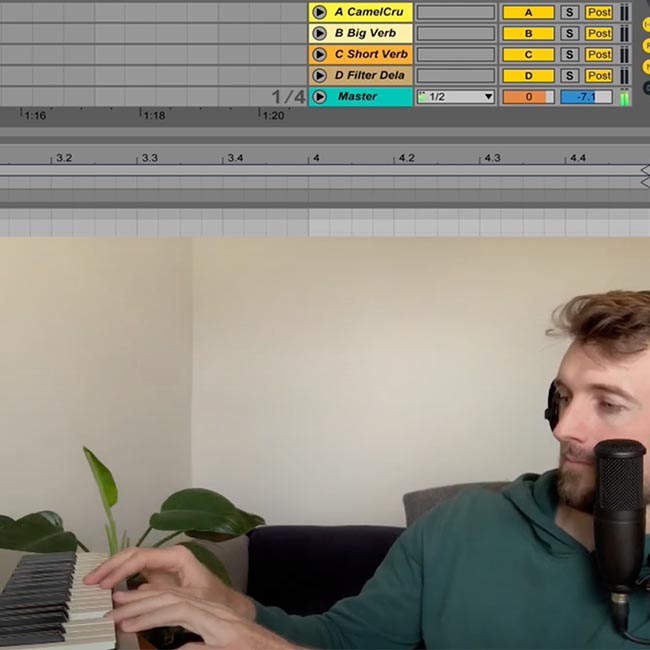No matter what type of music you like to listen to, more often than not bass is a key component, and a good bassline is crucial. Funk is a genre famous for it’s groovy bass that work in tandem with the drums and the harmonic parts of a song.
But how do you go about creating those sweet funky basslines? Read Jafunk's take on the subject and watch the video below.
Secrets of great bass
There are three important things to consider when it comes to bassline:
- The patch you’re using
- The way you play
- What you play
Inspiration comes in all different shapes and sizes so start with the right patch. You’re probably not going to get very far writing a disco house bassline using a glockenspiel for example. You should collate a few nice patches that you can pull up straight away and get writing with.
Of course with funk everything feels loose so watch your quantisation and consider the velocity of notes: is this note a passing note or does it play in sync with a chord or kick to emphasise something else?
Obviously make sure the notes of your bass part are in key, avoid dissonant notes stick around the root, 3rd and the 5th.
Music theory of bass
Scales are the most important thing to learn for bass, major scales in particular. Jafunk recommends spending some time learning about scales. Jazz and funk music don’t always use chords that stay within one scale, so to create a funky bassline you may want to go between two or multiple scales.
It’s also very important to find the root note of your chords. In house or dance that could be all you need. Take the smash hit ‘House Every Weekend’ for example.
When building your bassline start with the root note, secondly add octaves and thirdly think about the fifth of the chord. (i.e. within the C major scale the fifth of the chord is G ). With just these three notes you can create a cool bassline.
To take it up another level, combine the previous techniques and then play around with the whole major scale.
Jafunk suggests levels to creating a bassline:
level 1: root note.
level 2: root note and octave.
level 3: root note, octave and fifth of the chord.
level 4:root note, octave, fifth of the chord then play around within the scale.
It’s not always essential and your bass track could just use root notes and octaves but these are some great options to play around with and add detail to your basslines.
Watch Jafunk explaining all of this below:




